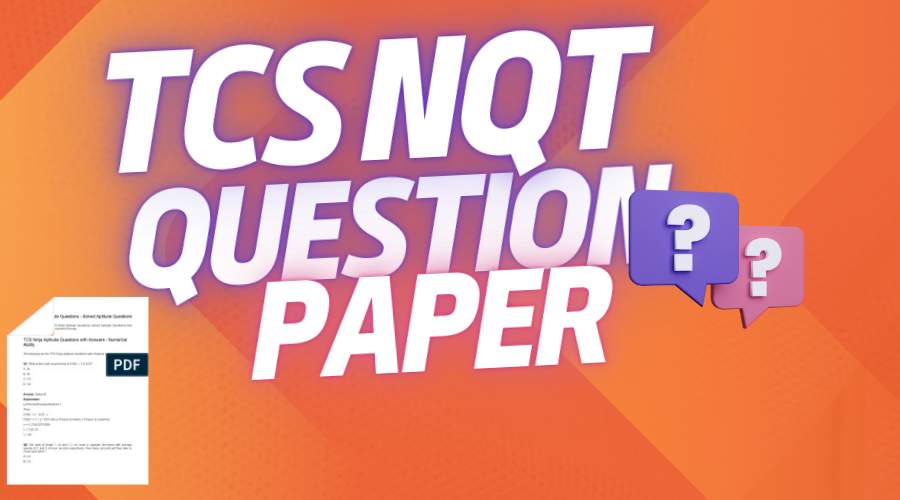Customer support executives are responsible for overseeing teams of representatives who offer customer service and assistance to clients. They play a crucial role in establishing and implementing policies and procedures to maintain a consistent level of service.During the interview process for customer support executives, it is important to identify candidates who exude confidence and possess exceptional communication skills.

They should demonstrate a genuine passion for engaging with various stakeholders to ensure success. It is advisable to exercise caution when considering candidates who lack confidence and exhibit low energy levels, as these traits may not be well-suited for the fast-paced nature of this job.
When interviewing customer support executives, the most suitable candidates will be confident and display outstanding communication skills with a passion for engaging with all role players to achieve success. Be wary of candidates who lack confidence and display low energy for this high-paced job.
5 Interview Questions for Customer Support Executives:
1.How would you describe your role as an executive in relation to your team?
As an executive, my role is to provide leadership, guidance, and support to my team of customer support representatives. I see myself as a facilitator, responsible for creating a positive and empowering work environment where team members can thrive and deliver exceptional customer service.Furthermore, I actively promote open communication within the team. I encourage team members to share their ideas, concerns, and suggestions, fostering a collaborative environment where everyone’s voice is valued. I believe that by listening attentively and providing constructive feedback, I can help my team members grow both personally and professionally.
2. How will you use quality assurance surveys to measure the success of your team?
Quality assurance surveys can be a valuable tool in measuring the success of my team in providing exceptional customer support. Here’s how I would utilize these surveys:
Designing comprehensive surveys: I would collaborate with my team and relevant stakeholders to create well-crafted surveys that capture essential aspects of the customer support experience. These surveys would include questions about overall satisfaction, responsiveness, knowledge of support representatives, and the resolution of customer issues.
Implementing regular survey cycles: I would establish a schedule for conducting regular quality assurance surveys, ensuring that they are https://seekeras.com/wp-content/uploads/2021/12/Madhya-Pradesh-MP-PEB-Group-2-Sub-Group-4-Various-Post-Answer-Key-2021.jpgistered consistently. Depending on the nature of our operations, this could be done monthly, quarterly, or annually. Consistency is key in gathering meaningful and comparable data over time.
Collecting feedback from customers: The surveys would be shared with customers after their interaction with our support team, whether through email, web forms, or other channels. It’s crucial to make the survey process convenient and straightforward for customers to encourage higher response rates.
3.How would you handle a customer complaint that is brought to your attention?
Handling customer complaints effectively is essential for maintaining customer satisfaction and resolving issues. Here’s how I would approach a customer complaint brought to my attention:
Actively listen: I would give the customer my full attention and actively listen to their complaint without interrupting. It’s important to show empathy and let them express their concerns fully. Demonstrating genuine understanding and empathy helps to establish rapport and validate their feelings.
Remain calm and composed: Even if the customer is upset or angry, it’s important to stay calm and composed throughout the interaction. Maintaining a professional demeanor helps to defuse tension and shows the customer that their complaint is being taken seriously.
Apologize sincerely: Regardless of the situation, I would apologize sincerely for any inconvenience or negative experience the customer has encountered. A genuine apology demonstrates empathy and acknowledges their feelings, even if the issue was beyond our control.
4.Can you explain the importance of providing customer support?
Customer support plays a critical role in ensuring customer satisfaction. When customers receive prompt and effective assistance, it enhances their overall experience and builds trust in the company. Satisfied customers are more likely to become loyal, repeat customers, leading to increased customer retention and long-term business success.Exceptional customer support contributes to a positive reputation and a strong brand image. When customers have positive experiences with a company’s support team, they are more likely to recommend the company to others, leave positive reviews, and speak highly of the brand. Word-of-mouth referrals and positive online feedback are invaluable in attracting new customers and maintaining a positive brand perception.
5.Why is it necessary to have policies and procedures in place?
Consistency and Standardization: Policies and procedures establish clear guidelines and expectations for how tasks and activities should be carried out within an organization. They ensure that employees consistently follow predefined processes, reducing the risk of errors, inconsistencies, and confusion. Standardization promotes efficiency, quality control, and a unified approach across different departments or teams.
Compliance and Legal Requirements: Policies and procedures help organizations comply with relevant laws, regulations, and industry standards. They outline the necessary steps to ensure legal and ethical practices are followed, reducing the risk of non-compliance, penalties, and legal issues. By having policies and procedures aligned with regulations, organizations can demonstrate their commitment to operating within the boundaries of the law.
Risk Management and Mitigation: Policies and procedures play a vital role in managing and mitigating risks within an organization. They outline best practices, safety protocols, and security measures to minimize potential hazards or threats. By adhering to established procedures, organizations can proactively identify and address risks, protecting the well-being of employees, customers, and assets.
Decision-making and Empowerment: Policies and procedures provide a framework for decision-making within an organization. They offer guidance and parameters that enable employees to make informed choices and take appropriate actions in different situations. Clear policies empower employees by providing them with the necessary guidelines to perform their roles effectively, fostering autonomy and accountability.











